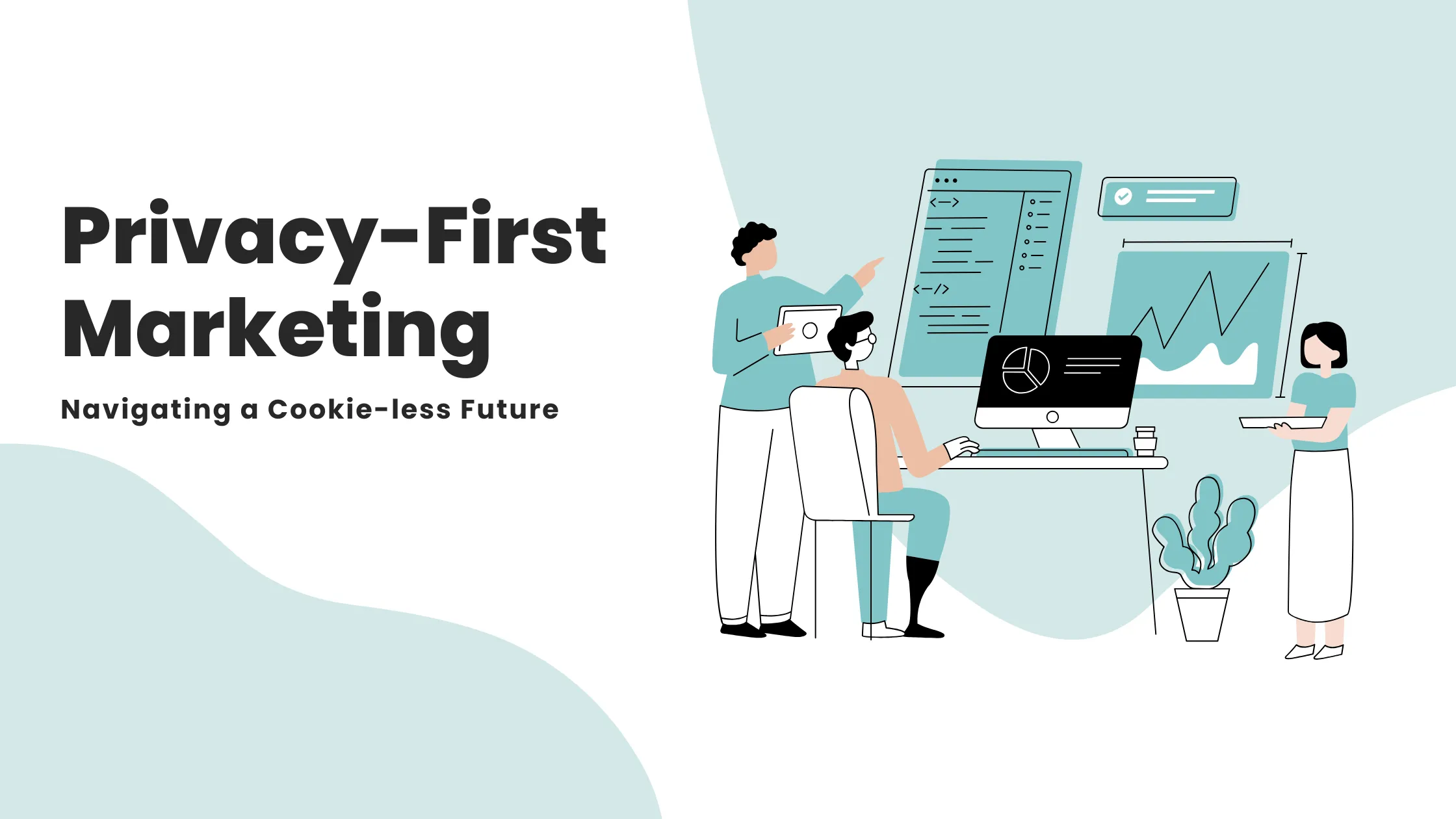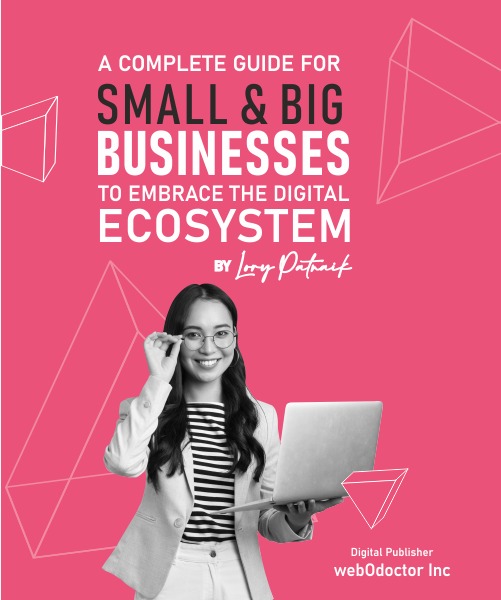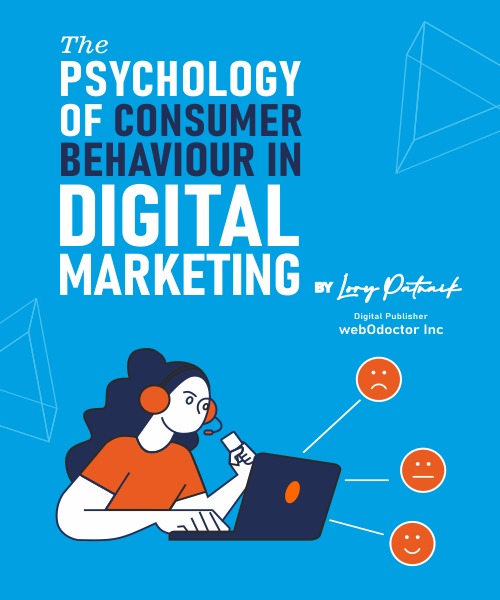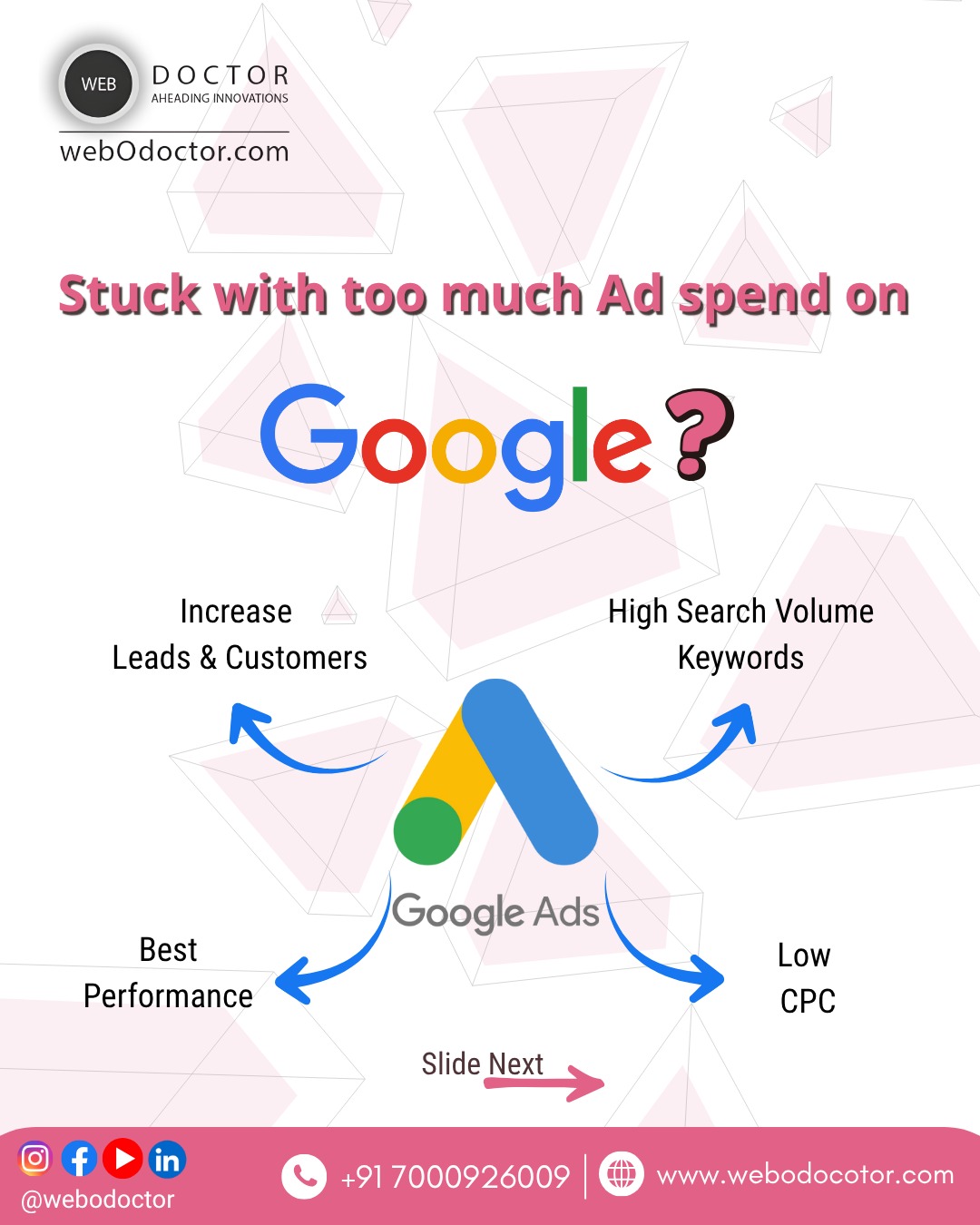
Privacy-first Marketing: Navigating A Cookie Less Future
Table Of Contents
- Why the Cookie-less Future Matters?
- The Rise of Privacy-First Marketing
- What's AI – AI-Predictive analysis's role?
- How do we stand ahead in the Cookie-less world?
- 5 TIPS TO A SAFE AND SECURE INTERNET ACCESS
- FAQs
The era of digital marketing is shaking. As Google Chrome is phasing out third-party cookies by 2025, businesses are forced to rethink their customer touchpoint strategies. In comes the era of privacy-first marketing!
A future where brands must weigh user privacy against the provision of personalized experiences.
![]()
Why the Cookie-less Future Matters?
Third-party cookies have made the building of online advertising possible for years. They allowed marketers to monitor user behavior on the web, deliver ads in certain manners, and measure campaign effectiveness. But growing customer data privacy issues and regulatory regimes like GDPR and CCPA have put an end to cookie-based tracking.
In reply, technology behemoths and privacy groups are rallying behind a cookie-less world, where brands need to gain consumer trust and permission in more open ways. For digital marketers, this translates into embracing first-party data approaches and reframing how they provide value.
The Rise of Privacy-First Marketing
Privacy-first marketing is not just a compliance tactic; it's a competitive advantage. According to a 2024 Adobe report, over 75% of consumers are more likely to engage with brands they trust to protect their data. This trust must now be earned through transparency, relevance, and consent-driven interactions.
Here are key components of privacy-first marketing:
- Unlock the Power of Your Own Data
First-party data—information collected directly from users via websites, apps, CRM systems, and surveys—will be the goldmine of cookieless marketing strategies. This data is consented and more accurate than third-party cookies, offering brands actionable insights regarding customer choices.
Marketers need to invest in tools that can help them collect and analyze first-party data effectively, such as:
- CRM and CDP platforms
- Email subscription forms
- Interactive content like quizzes or calculators
- Loyalty and referral programs
- The Comeback of Contextual Targeting!
With the absence of behavioural tracking, contextual advertising is once again on the table. This is when users are targeted based on what they are reading, not on their browsing habits. For example, a sports apparel company can advertise on fitness blogs or workout videos.
Modern contextual targeting uses AI and machine learning to understand the semantics and tone of a webpage, offering more accurate ad placement without compromising user privacy.

- Win Trust with Transparent Consent
With strong privacy laws, managing and obtaining consent has become a crucial factor. Brands need clear and user-friendly mechanisms to gain permission for data collection. Cookie banners, privacy settings, and opt-in forms should:
- Be easy to understand
- Offer granular controls
- Highlight the benefits of opting in
Being honest about how user data is used builds long-term trust and enhances brand reputation.
- Server-Side Tracking: Your Smartest Investment Yet
A traditional browser-based cookie is an alternative approach provided by server-side tracking. It sends data from the server rather than the user's browser, offering better control, improved security, and compliance with privacy regulations.
Platforms like Facebook Conversion API and Google’s Enhanced Conversions already support server-side data flow, allowing for better attribution and performance tracking in a cookieless world.
- Win Loyalty by Crafting Unforgettable Customer Experiences
In the absence of easy tracking tools, brands must now deliver value through meaningful interactions. Focus on:
- Personalizing content using zero-party data (data that users intentionally share)
- Creating immersive brand experiences
- Enhancing customer support through chatbots and AI tools
Satisfied customers are more likely to share their information and return for repeat purchases.
What's AI – AI-Predictive analysis's role?
AI will be central to bridging the personalization gap left behind by third-party cookies. Employing predictive analytics, brands are able to dissect first-party data and forecast customer behavior, supporting smarter, privacy-friendly targeting.
Machine learning tools can segment audiences, suggest products, and streamline customer journeys—all while being privacy-friendly.

How do we stand ahead in the Cookie-less world?
Adapting to the cookie-less future gives businesses a chance to differentiate themselves. Brands that embrace privacy-first marketing will:
- Build deeper customer relationships
- Improve brand loyalty
- Reduce dependency on third-party platforms
By staying ahead of digital marketing trends 2025, companies can future-proof their growth and thrive in this new privacy-centric landscape.
So what we take away from here…
The phase-out of third-party cookies is not the end of digital advertising—it's the beginning of a smarter, more ethical era. Brands that invest in first-party data strategies, prioritize customer data privacy, and embrace innovative technologies will not just survive—they’ll lead.
The future of marketing belongs to those who respect privacy and deliver personalized value without compromising trust. It's time to pivot, adapt, and grow—with privacy at the core.
5 TIPS TO A SAFE AND SECURE INTERNET ACCESS
Keeping your information safe and private is very important for each of us, and that is why Google has built security features into all its products. Here are some specific tools and features you should know, whether you are using Gmail, Android, YouTube, or simply browsing the web, to maintain safer internet access. Today, the internet is the most powerful tool for learning and growing, so with this comes more risk, like cyber crimes, scams, and identity theft. So staying safe doesn’t have to be too complicated; it just needs a few basic habits.
webOdoctor is the best Product Development Company in Bhopal, which takes care of such aspects of its customers/audience and thus keeps offering these consulting services.
- START WITH A SECURITY CHECKUP
It hardly takes two minutes to secure your account, taking you through specific recommendations to help keep your Google account safe. With a green check mark, you are good to go. As new threats arise, the security checks will keep evolving, so that you can rely on them with up-to-date security advice.
- USE A STRONG AND UNIQUE PASSWORD
Avoid using common passwords like “123456”. Instead, follow the instructions to keep a strong password, like using Letters, symbols, numbers, etc.

- KEEP AN EYE ON THE WARNINGS
Spotting dangerous websites can be a challenge even for savvy web users. So keep an eye on the warnings and follow the instructions. webOdoctor, the best website design and development company in Bhopal, considers these factors while maintaining the entire website and digital marketing tactics for its clients.
- PROTECT YOUR GOOGLE ACCOUNT WITH TWO-FACTOR
Use two-factor authentication to protect your Google Account. You will need a password and a verification code which has to enroll to add an extra layer of security account.
- BE CAUTIOUS WITH LINKS AND EMAIL
Phishing scams have become more complicated. Never click on suspicious links and always verify the sender before sending any personal documents.
- DOWNLOAD GOOGLE PLAY PROTECT APP
This app will protect your device to keep out malicious programs and ensure you have the safest features. Google Play Protect also helps you track your lost phone. Keep your device updated and think twice before sharing any of your personal information on social media.
- SAFE YOUTUBE
We can report content that is inappropriate on YouTube with the video that is submitted to the YouTube staff. You can also flag individual comments on the videos for abuse or spam content.
For more updates on Safe and secure internet access, connect with webOdoctor, the best IT consulting Services Company in Bhopal. We believe in creating networks with our audience globally and helping them take a safer route to the Internet. With these steps taken up as a habit, you can enjoy being in this digital world.
FAQs
Q1. What does a cookieless future mean in marketing?
It refers to a shift where third-party cookies are no longer used to track user behavior, pushing marketers to adopt privacy-first strategies.
Q2. Why are third-party cookies being phased out?
Due to rising privacy concerns and regulations like GDPR and CCPA, browsers are eliminating third-party cookies to protect user data.
Q3. How will a cookieless future affect digital advertising?
Marketers will have limited access to user-level tracking, making it harder to personalize ads without new privacy-first tools.
Q4. What is privacy-first marketing?
It’s an approach that prioritizes user consent, transparency, and ethical data collection while still delivering relevant marketing experiences.
Q5. What alternatives can replace third-party cookies?
Alternatives include first-party data, contextual targeting, server-side tracking, and Google’s Privacy Sandbox solutions.
















 Bhopal(India)
Bhopal(India)
 Düsseldorf(Germany)
Düsseldorf(Germany)